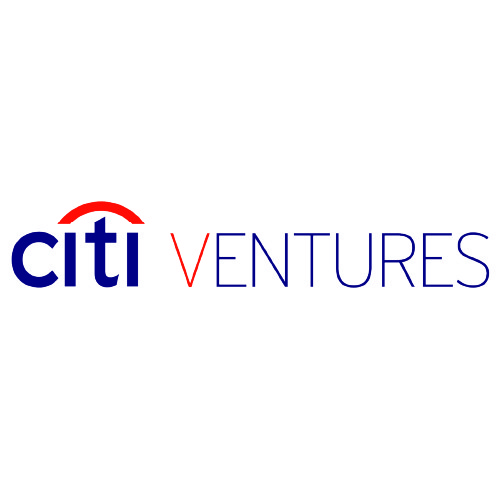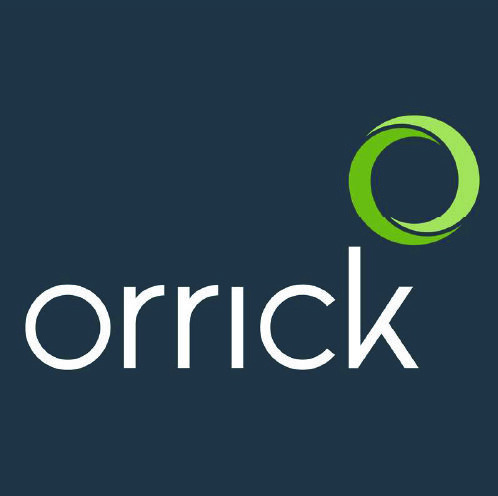Minimizing Bias Through Hybrid Co-Investment
May 14, 2024
Interviewed by Nicolas Sauvage on June 16, 2022
With many paths leading to CVC leadership roles, TDK Ventures President Nicolas Sauvage is quick to point out that these diverse backgrounds can be sources of both insights and bias. Capgemini Ventures Managing Director Lucia Sinapi-Thomas acknowledges that while she must ensure that her foundation as a tax and business attorney does not skew her perspective, she sees her command of finance as a huge asset.
Background
“I’m protected from the bias of being a former CFO because most of what we’re doing is focusing on the business aspect of (startup investing),” she told Corporate Venturing Insider. “We are delegating the management of the portfolio and to some extent, the VC standard financial due diligence. What’s important in my journey and having been deep in finance is that first, there is no inhibition. There is an element of risk, but you look at the factors that can turn the startup into a champion.”
Lucia started with Capgemini 30 years ago as group tax director and spent the next two decades leading various aspects of the company’s financial strategy. She said her move over to the business side marked a turning point not only in her career but also in the company’s approach to corporate venturing. She was leading the organization’s Business Platforms unit group delivering business process outsourcing services on the IT stack.
“What was very striking about this business operational role was how important IT systems are if, as a business, you want to launch new products, innovate, and lead in a market,” she explained. “If you have legacy systems, for sure it’s a hindering factor. Naturally, that opened the way to identifying fintechs that were changing the game on the front end. That was for me, an awareness call on the importance of innovation coming from startups. (That was the) link with ventures and that led me to create Capgemini Ventures in 2019.
Multiple Challenges
Lucia contended that Capgemini faces different challenges and leverages distinct competencies that are not present in CVCs serving traditional corporate parents. As a services company, Capgemini has a driving need to deliver IT and consulting abilities to a range of client types in a spectrum of industries.
“When we look at startups and innovation, we have our own needs,” she explained. “Like any corporate, we are not immune from the need to transform, to accelerate digital transformation. But in parallel, our DNA is to identify and integrate the best-of-breed solutions. We are not a software editor; we integrate and combine across the range — whatever makes sense and whatever works best for our clients.”
She said the mothership cannot limit its interactions to traditional players. Cloud and other technologies have leveled the playing field, and startups taking advantage of private capital funding mechanisms have become critical sources of innovation. Lucia says that’s an open invitation for corporates.
“If you have strong internal R&D, your approach will be different from Capgemini,” she said. “We are not developing our own products, so we don’t have so much R&D specificity. But, we have the duty to help our clients navigate the startup ecosystem to select the best solutions. When they want to adopt and adopt at scale, they’re faced with the complexity of legacy IT and the need to handle, connect, interface, transform, and renovate. Our role is evolving but remains fundamentally the bridge for our clients between technology and business.
Mission and Mandate
Given the parent company’s recognition of the challenges faced by traditional players and the necessity for large corporations like itself to tap into the innovation-driven startup ecosystem, Capgemini Ventures exercises a clear mandate. It seeks to establish collaboration between the mothership’s business units and the startup community.
“Partnering starts with helping the business units source whenever needed to qualify and formalize the startup collaboration legally and contractually,” Lucia said. “I have a central team with an operational team out of India, and a network of startup ecosystem leads in the various geographies embedded into the operations.”
She said that, unlike many CVC setups tied to large, full industrial-scale businesses, Capgemini Ventures facilitates relationships with entrepreneurs. Even though the venture team focuses on Series A and follow-up investments, the challenge is significant. Her team also helps startups navigate Capgemini’s complex organizational structure.
“The dedicated team can monitor the performance of the collaboration and be the voice of the startup,” she explained. “Sometimes in multinational groups, everybody is under pressure and has a variety of priorities to deal with, so dedicating the appropriate bandwidth for startups is not obvious, even if we have the appropriate processes and sponsors.”
Trendspotting
Accomplishing the mission requires Lucia and her team to absorb, evaluate, and act on various sources of information. She said the VC industry has become adept at picking winners. So tracking where venture money is flowing can provide guideposts, especially as it often corresponds with market observers.
“The second thing is that (the VC industry) is such a buoyant source of innovation that even if you have armies, you will never be able to replicate the coverage that the entire VC industry has in terms of analysts and portfolio managers discussing with entrepreneurs and doing their own selection,” she noted. “VCs have experience and are very professional. They do play a role in nurturing the champions of tomorrow.”
She said Capgemini and other CVCs can mitigate the risk that comes with working with startups by taking a “demonstrated structure” rather than an anecdotal approach that’s baked into working alongside VCs. Adopting VC standards gives Capgemini’s stakeholders “insurance that we don’t make stupid bets.”
“What matters is that you look at a topic globally,” she said. “If you don’t take a more holistic view, and you don’t benchmark, you might make the wrong choice. So, for us (following the VC lead) allows us to leverage our impact and our access to that market intelligence of what are the trends that we should take care of when it comes to selecting a promising startup solution. We combine our expert view with the VC standards to some extent to de-risk our choice.”
Hybrid Model
Capgemini Ventures’ authentic communication and collaborative nature would not be possible but for its distinctive hybrid model that relies heavily on ISAI, a financial VC, to speed its time to market and solidify its business focus. It’s a road less traveled in the industry but fits the Capgemini niche to a T.
“It’s not common, and it’s not that obvious because you need to have utmost confidence on both sides,” Lucia elaborated. “VC to some extent, delegates its sovereignty because in the pre-election, we can be wrong. Of course, ISAI can veto our recommendation, but if they keep videoing, we won’t deploy. It’s not a win-win.”
Conversely, Capgemini delegates portfolio management to its VC partner.
“It’s a different formula from investing and making 100% of the decisions from day one to exit,” she said. “The other thing is that we are sharing the carry, which means that you are giving away some of the value creation. So on both sides, there is an element of give and take in the formula.”
She said both partners recognized a cultural alignment facilitated by ISAI founder Jean-David Chamboredon’s 12 years with Capgemini. Lucia conceded that Chamboredon was not a huge CVC advocate at the beginning, but both sides recognized the challenges they faced and realized that the other organization could help them compensate.
Value Creation and Decision Making
Capgemini’s 2019 acquisition of Altran Technologies brought engineering solutions under the company’s and its CVC’s purview, joining IT, digital transformation, and sustainability services. Capgemini Ventures’ mission is to link the parent company to the startup ecosystem through “venture dialogues” that ferret out business unit leaders’ priorities. Lucia wants to discover “whether there are holes in the solution that startups could fulfill.”
The discussions inform the venture team’s demand management and prioritization of startups that fit the company’s current needs.
“We actively manage the pipe jointly with ISAI when we can strike collaborations with startups that have nothing to do with raising funding well beyond the CVC scope,” she said. “Conversely, we can also push startups that nobody knows are opportunities into the field and raise awareness, so it works both ways. Then we have a pre-selection committee that is composed of new experts nominated for one-year rotations to expose a maximum of our experts or leaders to the process. It’s a way to engage them. We’ll run through the pros and cons, including the analysis from a VC perspective and we only decide to proceed if we find the proper business sponsor that can deploy the go-to-market and the partnership to deliver the smart money.”
She called Capgemini’s ability to co-invest with financial VCs “the cherry on the cake.” It’s a great incentive because “what matters for VCs is the success of the startups in the portfolio. Capgemini, from that standpoint, has always been and remains a wonderful channel to market for tech solutions, and it’s particularly relevant when it comes to startups.”

 Financial VCs are adept at picking winners and leveraging large networks of scouts and researchers. CVCs that follow the VC trend de-risk their investments and can save time filtering potential investment opportunities.
Financial VCs are adept at picking winners and leveraging large networks of scouts and researchers. CVCs that follow the VC trend de-risk their investments and can save time filtering potential investment opportunities. 



















